Trees for life: Agroforestry methods

A man practising Dynamic Agroforestry, showcasing his approach. Credit - Jeremie Razafitsalama.
Trees for life
Maliasili knows that local organisations are essential to bringing about lasting change that will benefit people and nature. Thus, it focuses on making those local organisations even better, so that they can achieve even more impact. Through a comprehensive set of organisational support services and methods, Maliasili combines technical expertise in community-based conservation alongside organisational and leadership development services, to help its local partners grow and develop to achieve greater impact.
In Madagascar, Maliasili works with five local organisations dedicated to conserving and sustaining healthy ecosystems, while also addressing climate change and preserving biodiversity. Among these organisations is the Tsimoka Association, meaning 'sprouting,' which has received extensive support from Maliasili - including the development of a new strategic plan which sets out their mission and intervention pillars.
Tsimoka is an environmental organisation that is deeply intertwined with the well-being of local communities in Madagascar, focusing on food security and safeguarding biodiversity at the grassroots level. They are trying to combat the degradation of natural environments, which leads to biodiversity loss and disrupts the ecological functions crucial for the livelihoods of local communities.
What sets Tsimoka apart is their innovative and dependable approach centred on dynamic agroforestry (defined below). They are committed to developing and disseminating these agroforestry and ecological restoration practices, proven effective in Madagascar. This aims to sustain biodiversity and restore ecological functions, ultimately enriching the lives of local communities. Dynamic agroforestry therefore stands as a central pillar of Tsimoka’s interventions, aiming to improve the living conditions of many people living on small-scale farms while restoring natural habitats.

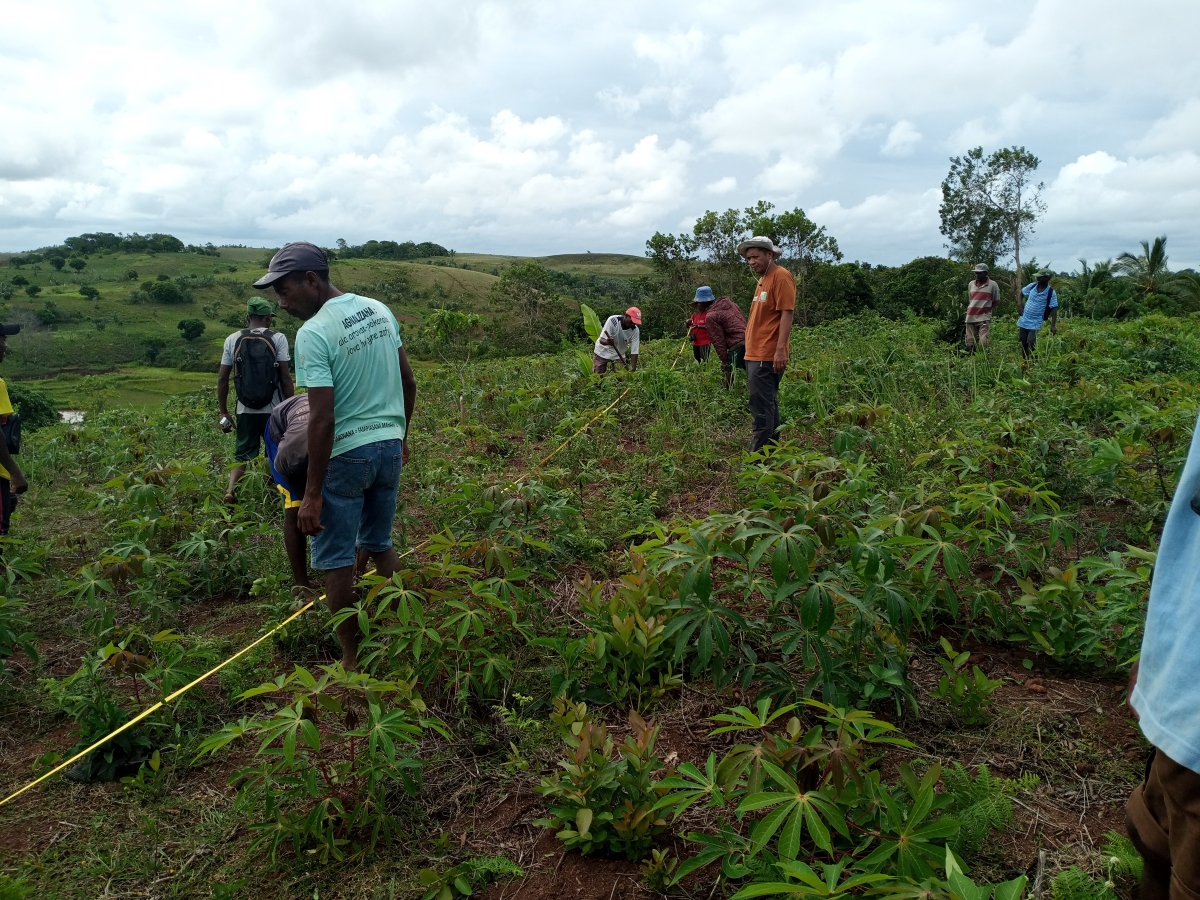
Installing the Agroforestry plot. Credit - Jeremie Razafitsalama.

What is dynamic agroforestry, and why use it?
Dynamic agroforestry consists of a variety of agricultural crops, fruit trees, and a range of indigenous plants, including primarily native scrubs and trees. It plays a crucial role in addressing food security challenges in Madagascar; a country known for its unique biodiversity and agricultural vulnerabilities. Madagascar faces a range of issues, such as deforestation, soil degradation, and climate change impacts, which threaten its ability to produce enough food for its growing population. Agroforestry offers a sustainable and multifaceted solution to these pressing problems.
One of the key benefits of agroforestry is its ability to diversify or expand agricultural systems. By integrating trees and shrubs into traditional farming practices, farmers can grow a variety of crops alongside valuable tree species. This diversification helps increase overall food production and resilience to climate change, as different crops have varying needs and tolerances.
Agroforestry also contributes to soil health and fertility. Trees, with their deep root systems, help prevent erosion and improve soil structure. Some tree species fix nitrogen, enhancing the availability of essential nutrients for crops. This natural soil enrichment reduces the reliance on costly synthetic fertilisers, making farming more affordable for smallholders in Madagascar.
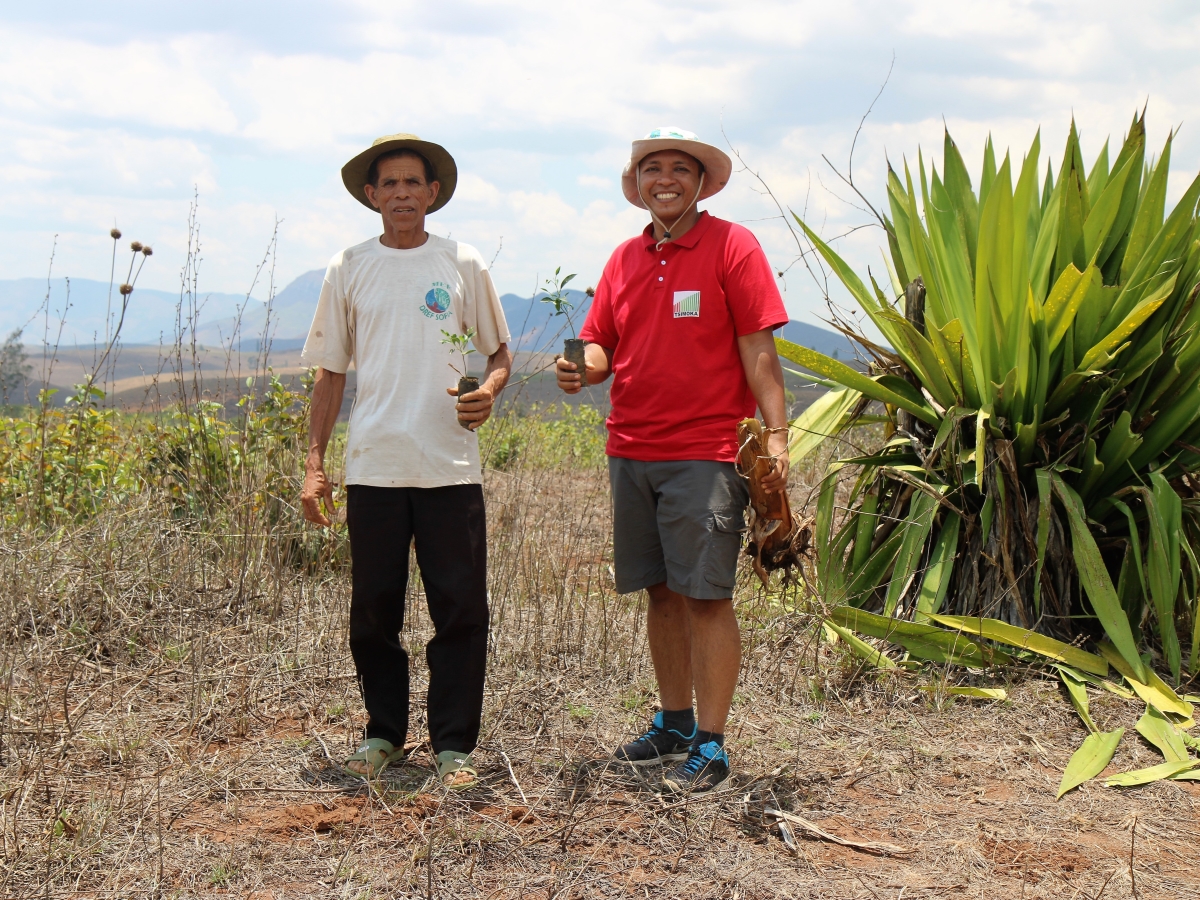

Farmers with produce from the Dynamic Agroforestry plots. Credit - Jeremie Razafitsalama.
Tsimoka’s approach and impact
Presently, Tsimoka supports over 600 households spread across eight regions in Madagascar, focusing on implementing agroforestry practices to enhance food security. The impact of agroforestry has been strikingly evident in households located on the fringes of the Oronjia Protected Area in the North. In 1995, this area faced severe water scarcity, compelling residents to trek 3km to secure water. However, starting in 2014, when households began to embrace dynamic agroforestry techniques, a series of remarkable improvements began to unfold. These included a notable increase in agricultural yields and enhanced soil fertility. By 2019, access to water had been fully restored, allowing for the cultivation of rice fields and the establishment of wells. Today, these households have diversified their activities to include fish farming, exemplifying the complete restoration of the ecosystem and the resurgence of water resources.
In brief, Tsimoka works to provide a diversification of income sources that reduce economic vulnerability and enhance overall food security of local communities. Additionally, the presence of trees in agricultural landscapes can support pollinators and increase biodiversity, further improving ecosystem health.
Written by Josia Razafindramanana. For more information on this Darwin Initiative Capability and Capacity project DARCC021, led by the Maliasili Initiatives, please click here.
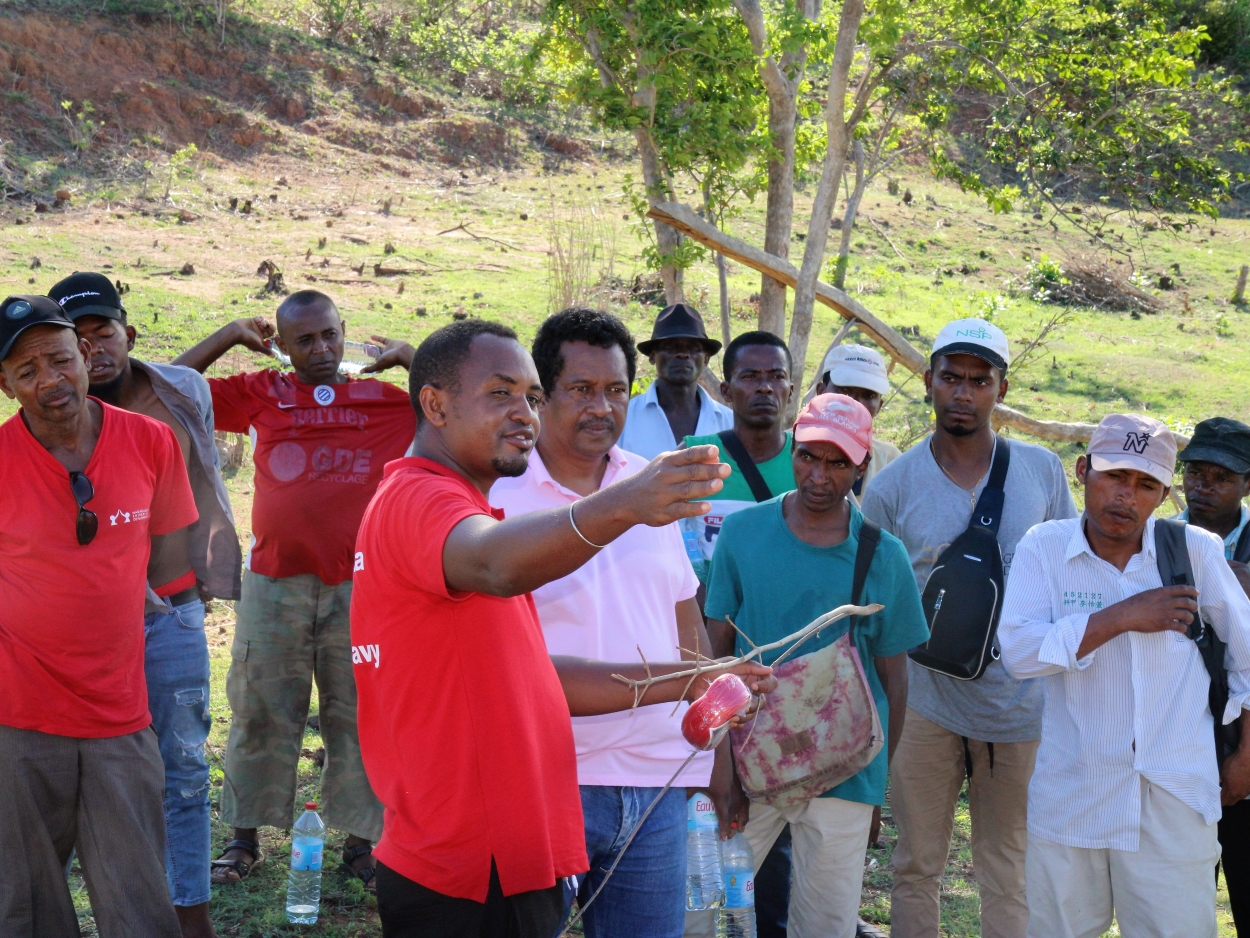
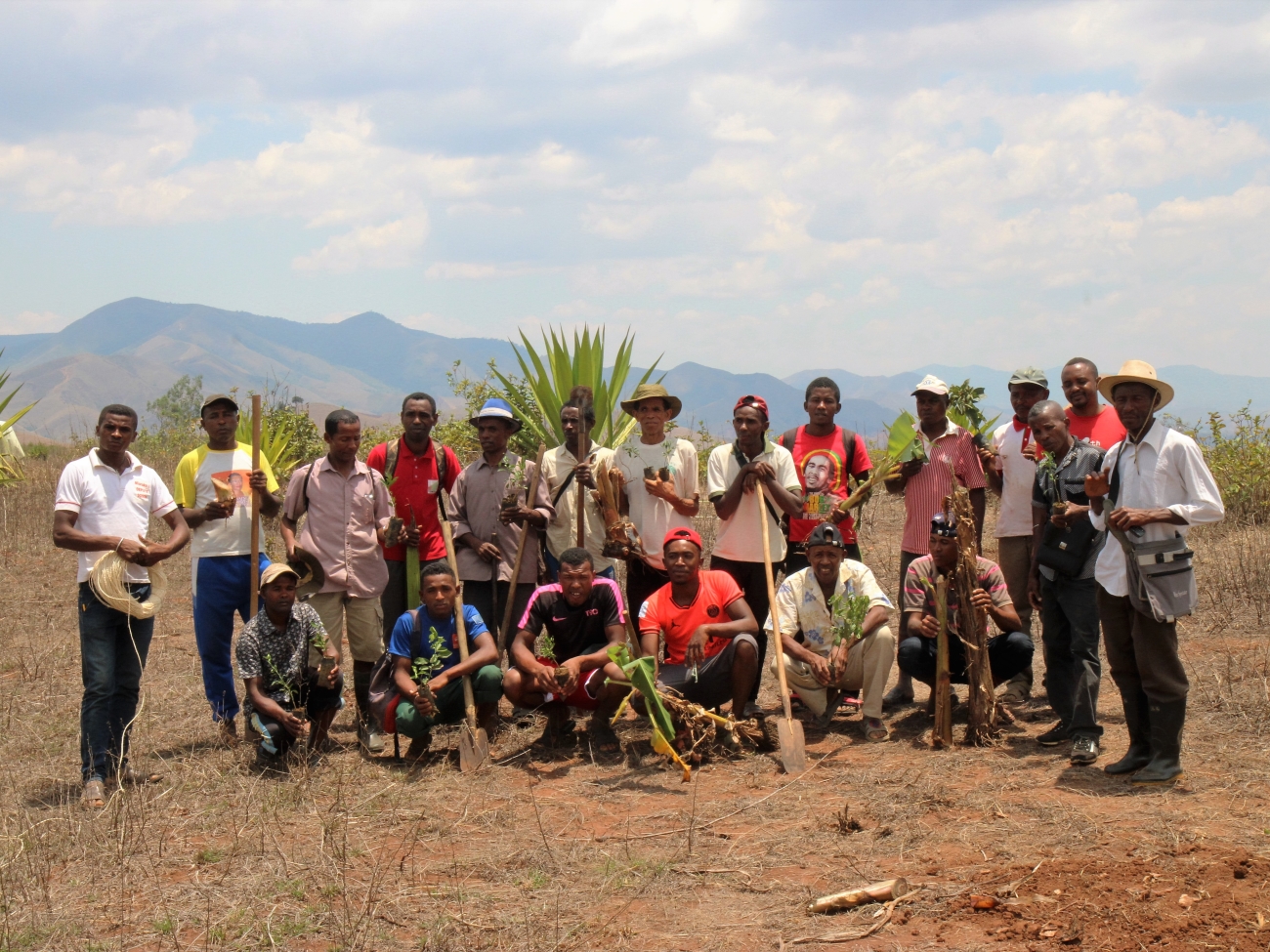
 Back
Back